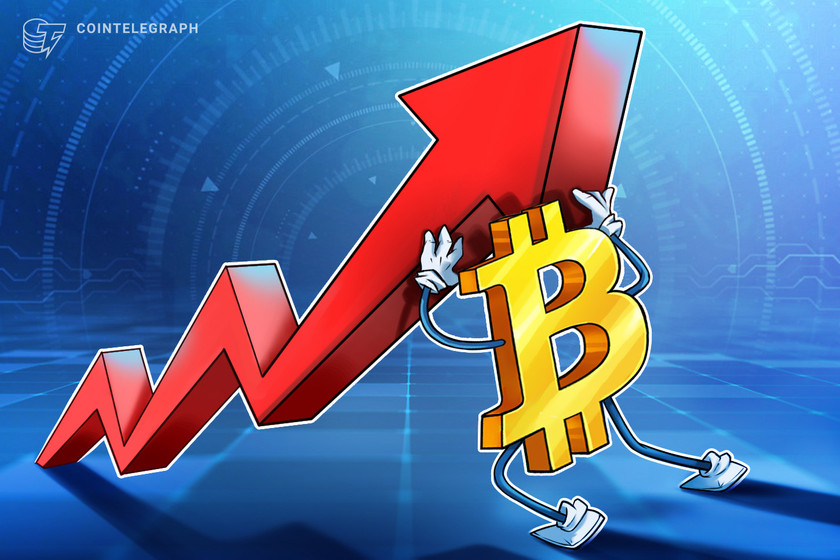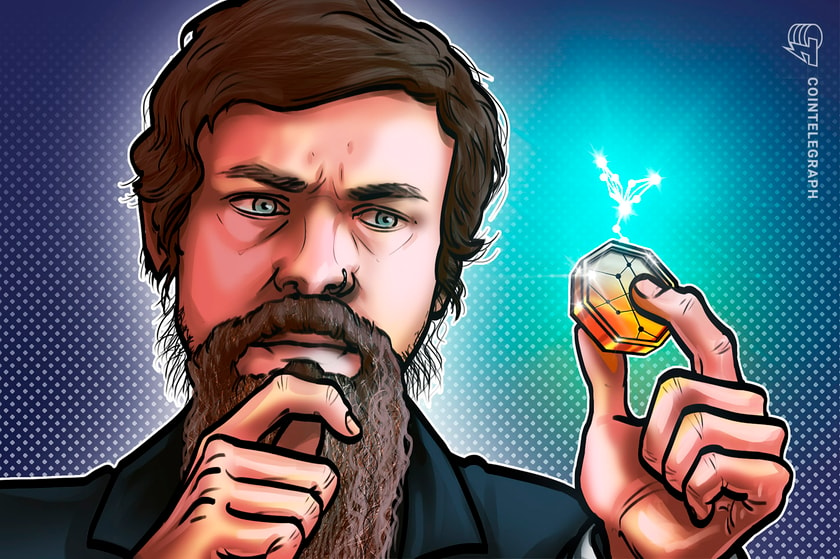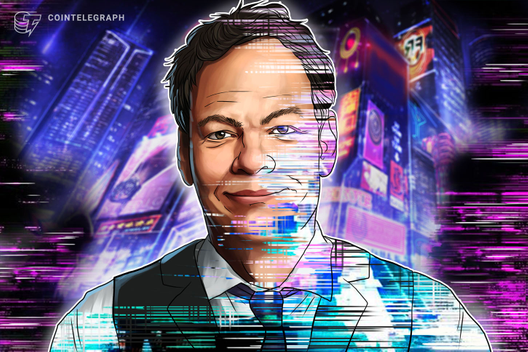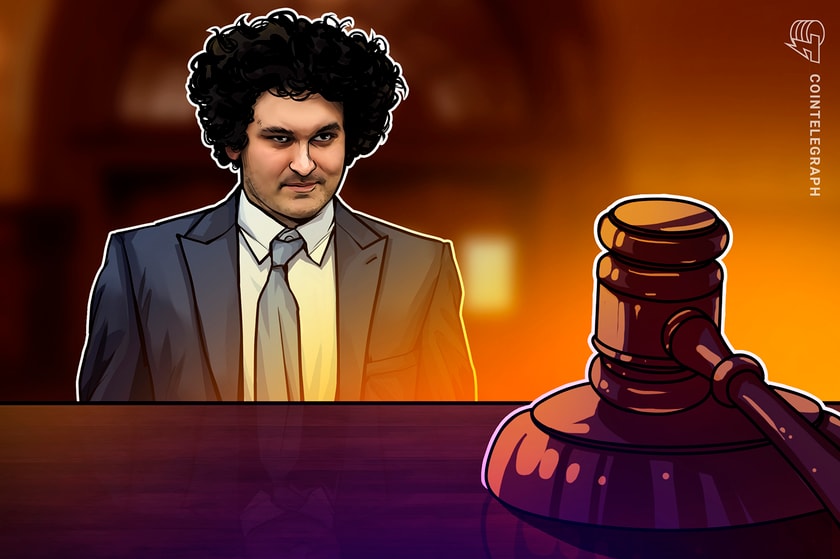The Need for a New Reserve Currency Is More Prevalent Than Ever Before
The ongoing COVID-19 pandemic has brought into focus the need for international cooperation and support. Coupled with a crumbling economy, it’s shown us that now is the time for a modern, accessible reserve currency. However, markets don’t exist in a vacuum of supply and demand — there are reasons why the United States dollar is the world’s reserve currency. To understand the structural value of an economy and different markets, you first must understand how different types of production operate in times of crisis.
Reserve currencies: The crisis safe havens
In a world crisis like COVID-19, countries would rather hold on to their U.S. dollars, as their local currencies have become rapidly devalued. Today, they have turned to digital currencies. The U.S. dollar is currently the world’s reserve currency partly because of its ability to remain stable amid a global crash. However, this is an oversimplification and the wrong way to understand the true value and necessity of a reserve currency. Just as each great civilization has yielded to the next one, every reserve currency in post-Renaissance history has had a lifespan of about 100 years, leading many to believe the U.S. dollar is in decline and will give way to a new reserve currency. If there is to be a new reserve currency — and not to say there can only be one — it will need to be better than the world’s current reserve currency: the U.S. dollar.
What factors have made the U.S. dollar optimized for stability? Geopolitics, geographical isolation and its natural resources have all contributed. A large internal market population and a stable trading environment have also helped. This has served the U.S. well, but an innovative new reserve currency should seek to increase accessibility to bolster stability.
Will the new reserve currency be a cryptocurrency?
This is where the value of cryptocurrencies is really on display for emerging markets because a cryptocurrency can be both fully accessible and received freely through network participation. This is true financial inclusion where it is not simply an exchange of fiat currencies to crypto ones but a new type of production that includes the financially excluded.
In the 12 years since Bitcoin’s inception, cryptocurrency has become the pinnacle of international economic cooperation in the modern era. Its value transcends political affiliation and sovereignty and is instead derived from algorithmic and calculable value. With its potential to completely reconstruct the role of government in the financial arena and its mission to revolutionize and expand access to markets, cryptocurrency is poised as a very real and viable candidate for the next global reserve currency.
Cryptocurrency is not without its skeptics, though — traditional finance experts have some doubts about crypto as the world’s next reserve currency or the necessity for it at all. In the past, reserve currencies arose from powerful sovereign governments whose trade and economic value was stable. The price of Bitcoin (BTC) and other crypto reserve currencies notoriously fluctuate, indicating to some that it would not be able to handle the weight of global trade.
There’s also the concern that crypto may not have the flexibility to settle global contracts. Although crypto is already used internationally, in order to be the next reserve currency, it would need to build the infrastructure to support mass adoption and mainstream use.
The third reservation experts have is that cryptocurrencies are owned by private companies, whereas, traditionally, reserve currencies have been affiliated with governments. The concern is that a corporate-owned reserve currency would be free to act on private interests. Facebook’s Libra faced these very criticisms last year. Even though it poses a promising model for cryptocurrency as the next global reserve currency, governments and international organizations have been outspoken about its conflict with antitrust laws.
Of these three concerns, the infrastructural hurdle holds the most weight. But the worries over crypto’s volatility and corporate interests are mostly unwarranted.
What would be the benefit of creating a new reserve currency, and why?
If making a new, accepted stable currency is hard, then making a new reserve currency would be exponentially harder. Even if we did have more reserve currencies, there’s still a huge problem.
In our centralized economy, no matter how good a reserve currency is, no matter how good any economy is, it will always be exclusive to those who have existing capital and are in the financial system.
The gap between the rich and the poor increases the benefits of reserve currencies and only benefits the established anyway. If we make a new reserve currency, it has to also solve financial inequality as well.
Why now?
Essentially, direct distribution is an innate quality of cryptocurrencies. But in order for cryptocurrencies to be distributed for free and with value, the crypto token must truly harness the decentralized network value it is created with.
In fact, a new reserve currency will come along at any time with any fiat-denominated currency that decides to get its act together and be a source of stability. This could be a powerhouse country like China or a country that’s been stable for decades, like Japan. If countries like South Korea are able to create a new source of production other than export, or if Australia, Canada or New Zealand become high-tech centers, any one of these countries could present another relatively strong reserve currency.
When we talk about the effects of these reserve currencies in crises, again, we look at COVID-19 and see which socioeconomic class is really getting hit hardest by it. When we do, it’s clear that even if countries get stability from reserve currencies, their most vulnerable classes still do not. If we’re able to solve this kind of reserve currency issue and actually benefit those who are both established and not established, then we provide a truly new layer of resilience to the economy. As a result, we can bolster the economy as a whole for crypto, fiat or otherwise.
As we navigate through this tumultuous pandemic and the economic crisis it has incited, it is more important now than it has ever been in most people’s lifetimes to cooperate on a global scale. In order to reach this level of cooperation, we must rethink institutions that we have previously taken as givens. As the U.S. dollar continues to lose its value, its position as the world reserve currency becomes more and more precarious. It is time for a crypto reserve currency to take up the mantle and seize its role as the future of finance.
The views, thoughts and opinions expressed here are the author’s alone and do not necessarily reflect or represent the views and opinions of Cointelegraph.
Sinjin David Jung is the founder of The International Blockchain Monetary Reserve, a microfinance ecosystem platform behind the Asia Reserve Currency Coin — the world’s first “micro asset” that enables the financial inclusion of the urban working poor in Southeast Asia. Launching on Algorand ARCC’s Public Mandate Network creates an indisputable data set that can be used as a public mandate for change by creating an environment of Radical Social Transparency.









